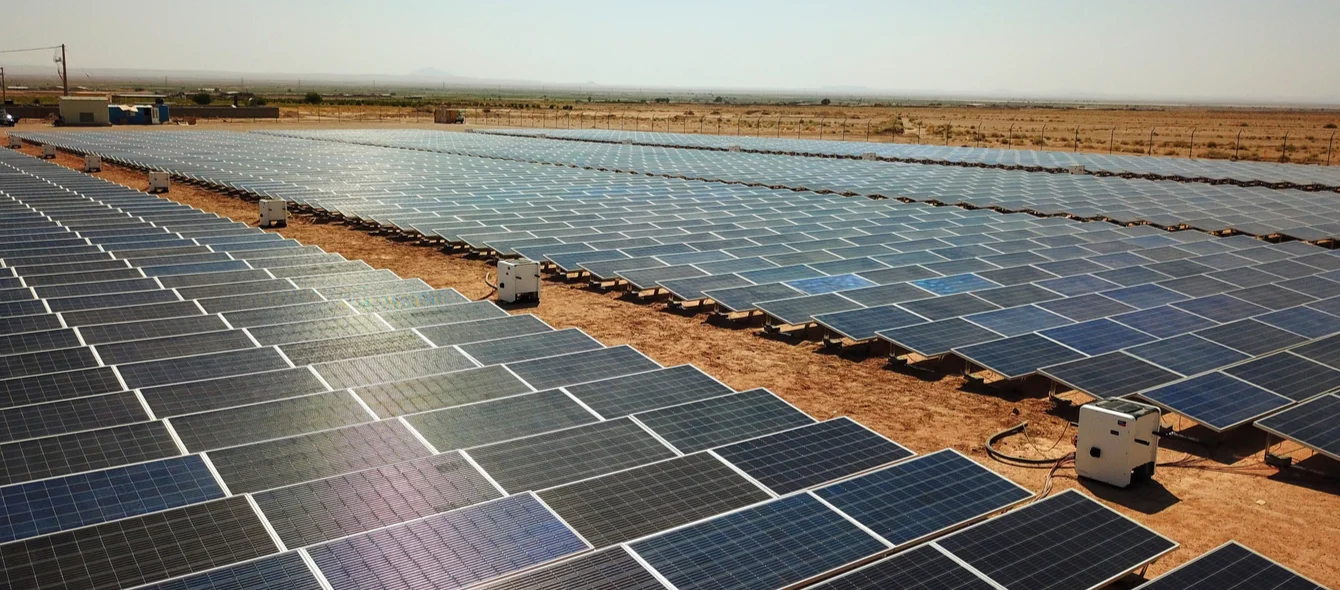Talks are under way between Egypt and potential investors to export electricity to Europe. This is by no means the first time North African electricity exports have been proposed. Policy makers and energy companies have long recognised the huge solar power resource of the North African region. Back in 2009, the Desertec project became the then latest and most ambitious of these schemes, attracting substantial funds from banks and investors only to falter eventually on grounds of cost.
At the same time the MedRing project was being developed. This aimed to link 22 power grids from Spain to Morocco, across North Africa and into the Middle East, Turkey and then back to the European grid via Greece. It, too, would tap the North African region’s renewable energy resources with the aim of increasing energy security in the Euro-Med region.
However, a lot has changed in the intervening decade; the cost of solar power has fallen sharply, long-distance electricity transmission lines have become longer; and concerns over climate change have increased. As a result, current proposals for the transmission of renewable energy across the Mediterranean stand a much better chance of being developed.
Lower generation cost
First off is the huge drop in solar PV generation costs. In June, a bid was submitted into a power auction in the United Arab Emirates which set a new world record, equivalent to $13.50/MWh. This was beaten in August by a bid into a Portuguese auction of just $13.27/MWh. The levelised cost of electricity (LCOE) for utility-scale solar PV was last year estimated by investment back Lazard in a range of $36-$44/MWh, a figure likely to fall further in this year’s assessment, but the real contrast is the change since 2009; back then, utility-scale solar PV costs were between $323-$394/MWh.
Transmission
Generating renewable electricity in North Africa is only one aspect of the plans. That electricity needs to be economically transmitted to European markets. Here, too, there have been positive developments. The length of subsea high voltage transmission cables continues to grow. The world’s longest, the 1.4 GW North Sea link, running from Norway to the UK, will be 720 kilometres in length when completed in 2021.
The world’s deepest subsea cable, SAPEI, already lies in the Mediterranean. Connecting Sardinia with the Italian mainland, it lies 1,600 metres below sea level. Using high voltage lines reduces transmission losses because high voltages keep the current on the line low. National electricity systems work on alternating current (AC) but a direct current (DC) line, which is more efficient for bulk power transfer over long distances, also allows a connection to be made between two systems without synchronisation. Long distance High Voltage Direct Current transmission lines therefore seem the way forward for a Mediterranean interconnector.
Photo credit: shutterstock.com, Sebastian Noethlichs
